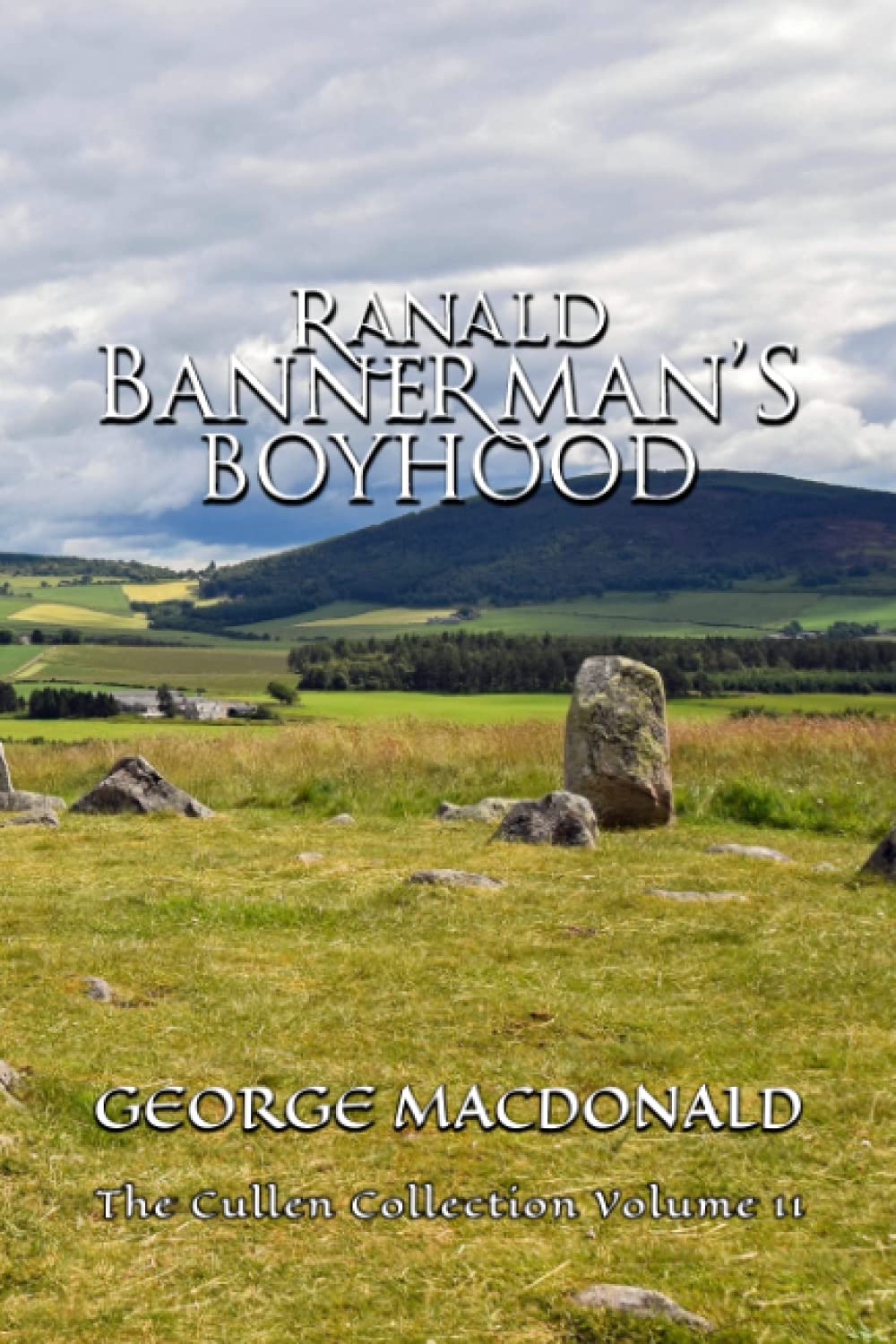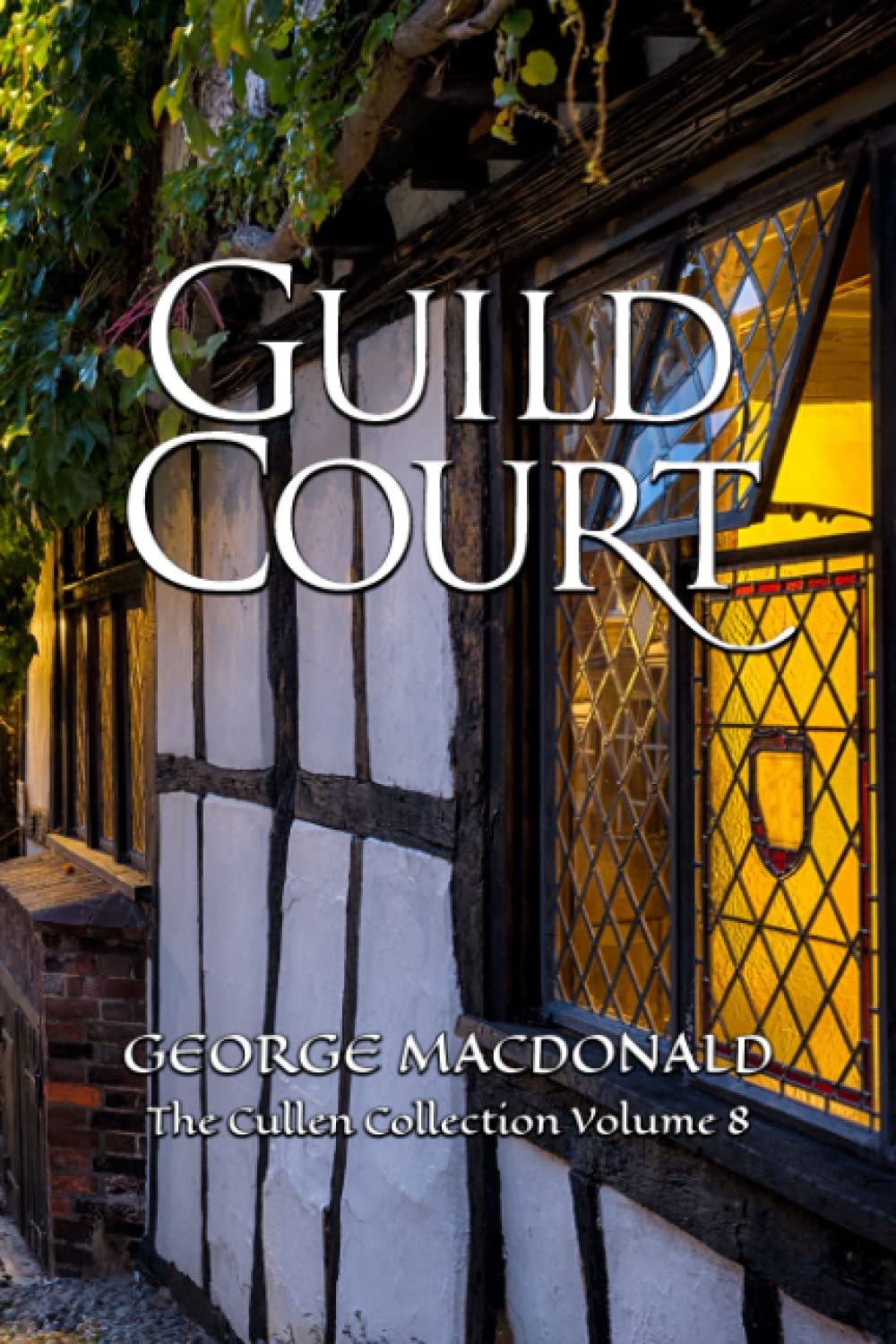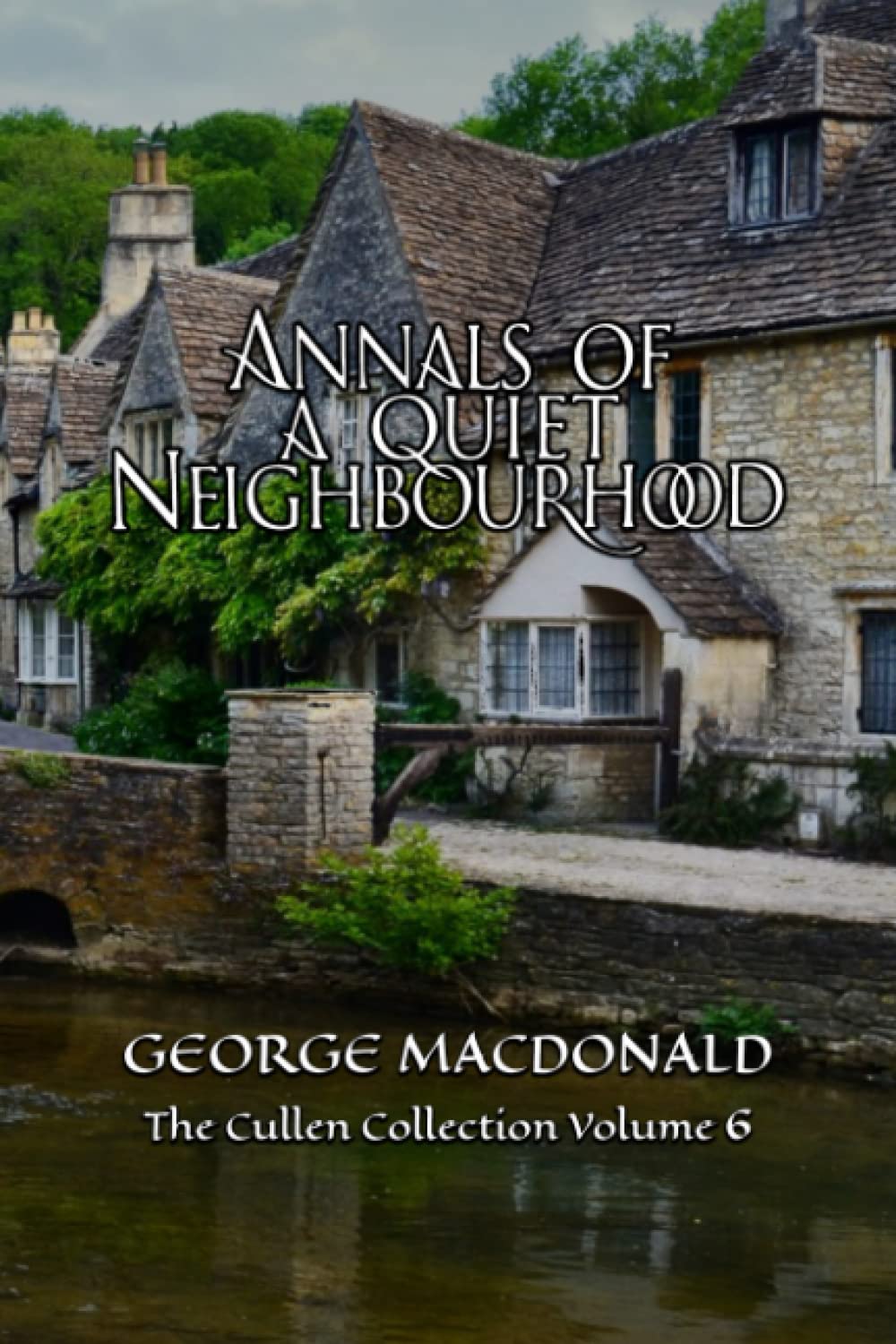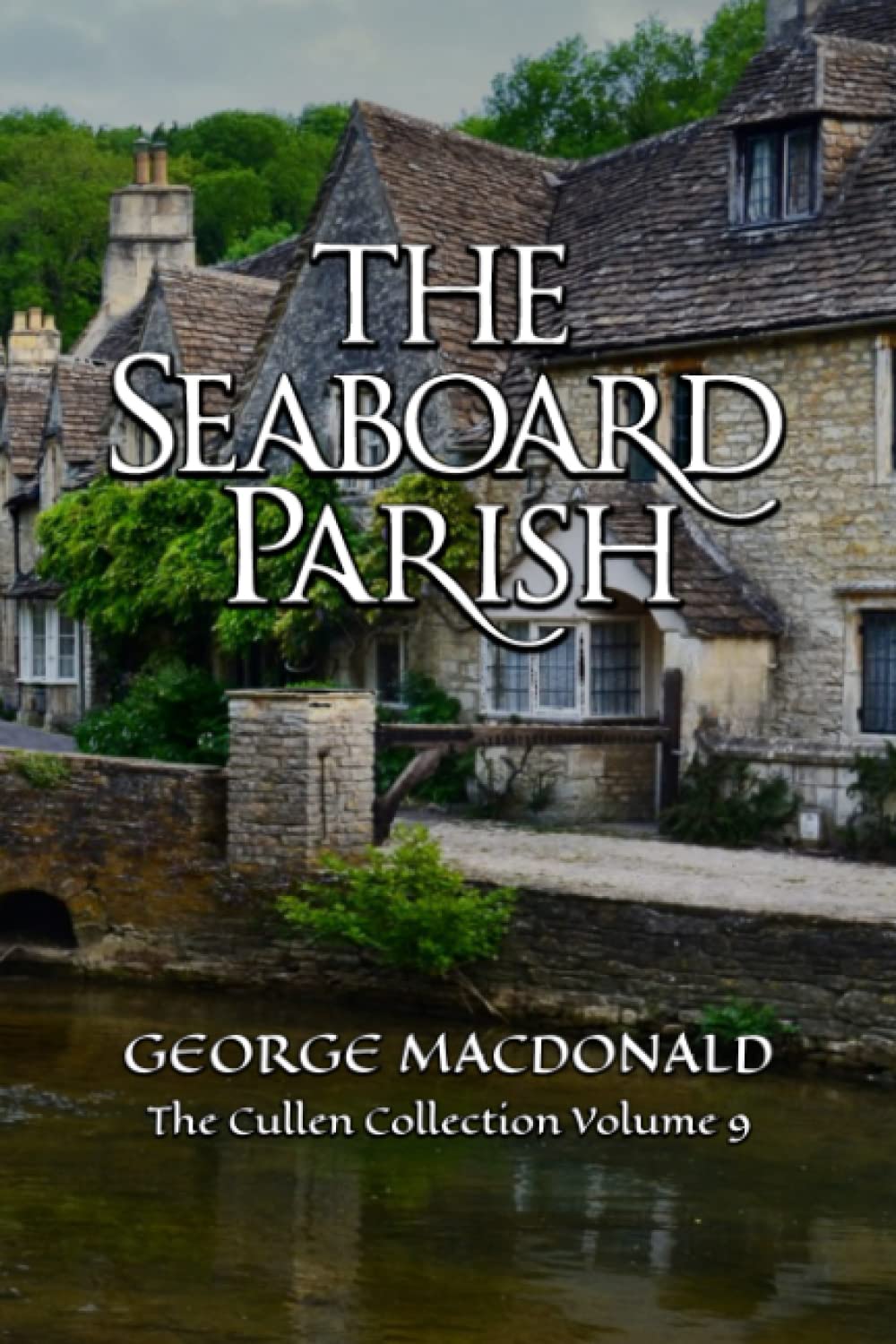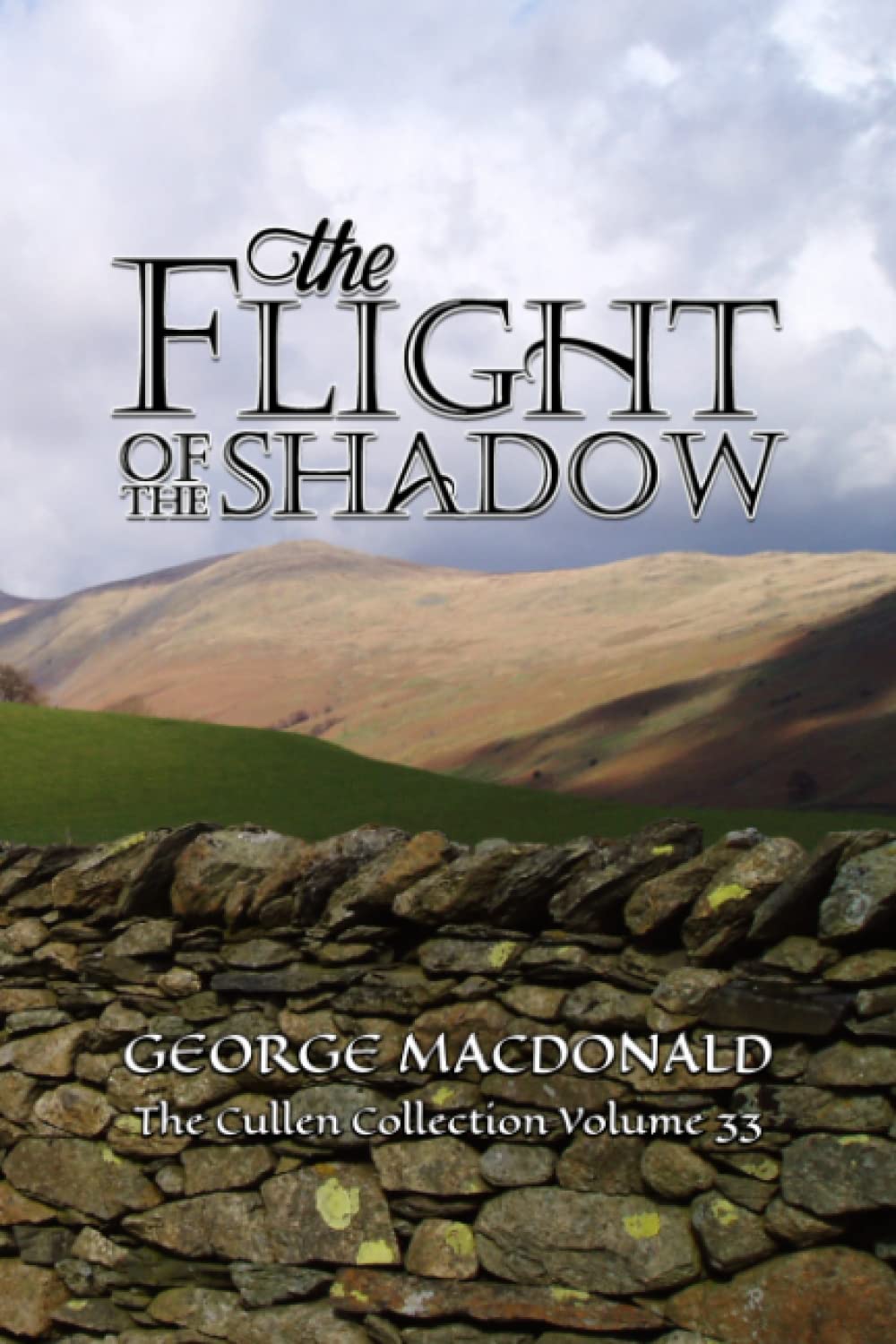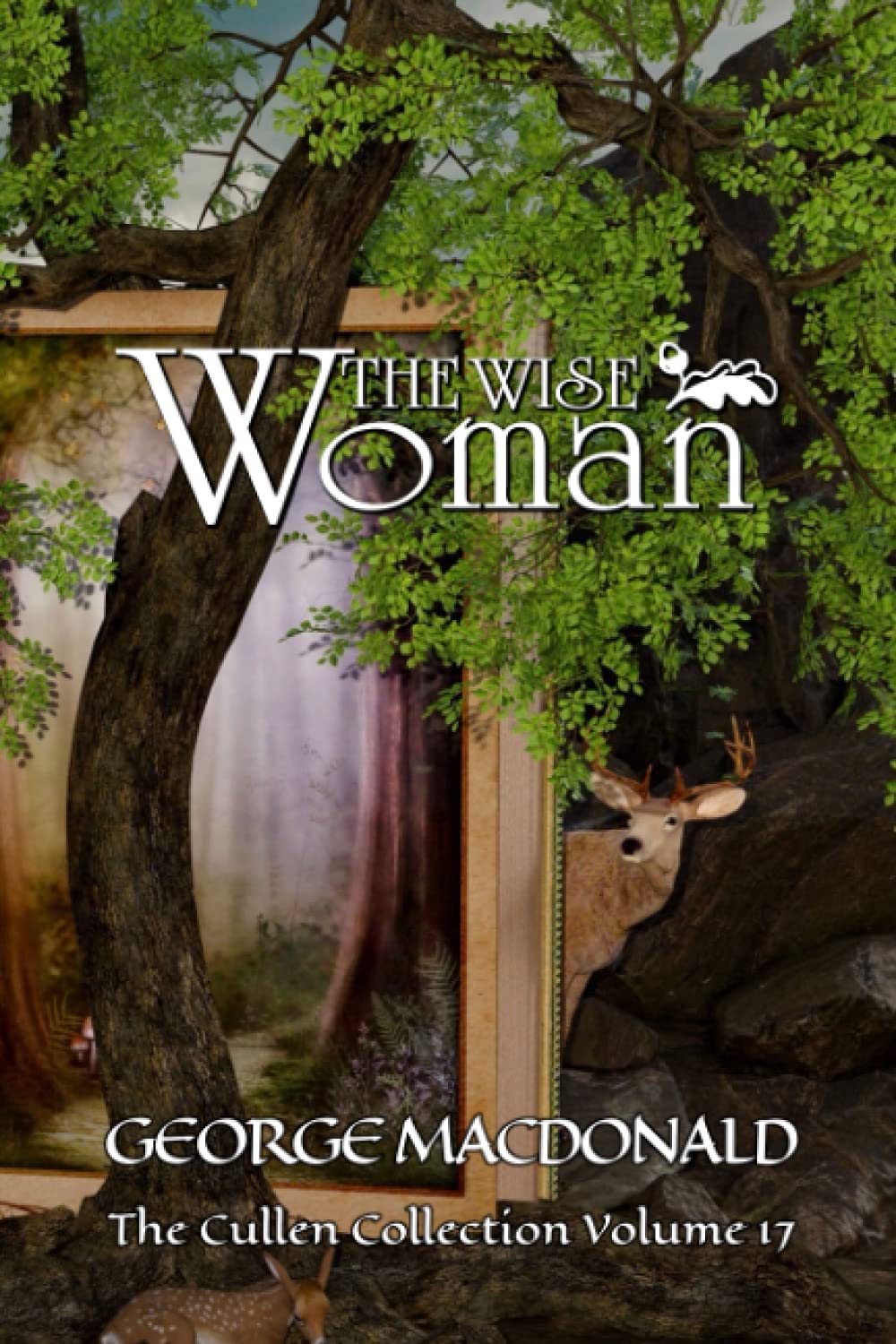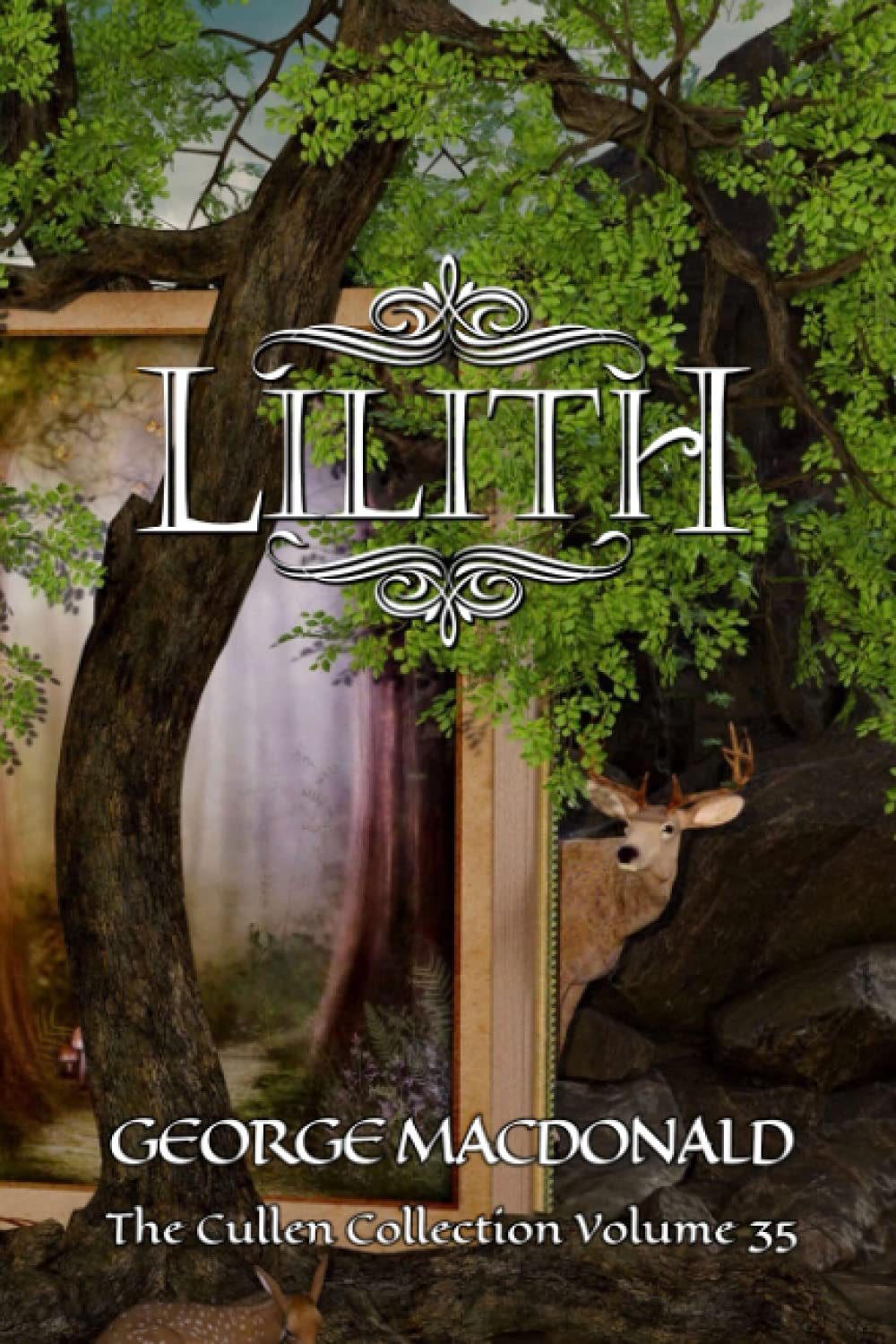
Two months before Judy and I were married in 1971, I first heard the name that was destined to change my life—George MacDonald.
Soon thereafter we began a long process of searching for MacDonald’s full length fiction, sending out dozens of postcards to used bookstores in the U.S., England, and Scotland. Decades before the internet, it was a slow “snail mail” process. One by one, we gradually found many of MacDonald’s hundred year old titles.
All this time I was stunned that none of MacDonald’s adult novels and none of his theological writings were in print. MacDonald’s was all but forgotten.
After locating old dilapidated copies of the two Malcolm stories—Malcolm and The Marquis of Lossie—Malcolm’s world became a real life Narnia for me. They were the best novels I had ever read. I knew I had to find a way to get MacDonald’s books back in print. With those two books I began what became a lifetime vision to reintroduce the world to George MacDonald.
After five years and thirty rejections trying to interest a large publisher in the forgotten Victorian, I took the project to Bethany House, a small evangelical publisher in Minneapolis and publisher of several of my own books. Using Elizabeth Yates’s Sir Gibbie as my model, I edited Malcolm and The Marquis of Lossie, scaling back the length and translating the Scottish dialect into understandable English. Bethany was enthusiastic about the project, and published the two Malcolm books in 1982.
Surprising us all, they sold remarkably well. Bethany wanted to follow them with more. Through the rest of the 1980s, we published eighteen of MacDonald’s novels, inaugurating an explosion of interest in MacDonald.
A true MacDonald renaissance was underway! The Bethany books became a publishing phenomenon. My vision to reintroduce the world to George MacDonald had become a reality.
Yet I wasn’t altogether satisfied.
I always planned to re-do the Bethany set, adding more novels and retaining more of the dialect and some of the content that had been omitted.
Back in the 1980s, with MacDonald in danger of being lost, those editorial decisions had been imperative. To interest a publisher and make the books accessible and interesting and exciting so that the reading public would fall in love with MacDonald, I had to make the books shorter and readable.
By the 2000s, however, with MacDonald once again widely known and his books easily available, and since the Bethany editions were no longer available, I knew the time was right for a new and revamped series of MacDonald’s novels.
The Cullen Collection is the result.
The series includes all 37 titles of MacDonald’s full length fiction. The books are edited somewhat, though far less than were the Bethany editions. They retain enough of the dialect in the Scottish novels to add flavor and realism, but in a more understandable and readable form than is found in MacDonald’s originals.
The Cullen Collection
The series is called “The Cullen Collection” in honor of the village in Scotland where MacDonald wrote and set his masterpiece, Michael’s favorite MacDonald novel—Malcolm.
The Early Scottish Novels
If any characterization fits George MacDonald as an author of realistic fiction, it would be that he was primarily a “Scottish novelist.”
Eleven of his novels were largely written in the Scottish dialect known as Doric. Another five are set in Scotland but without Doric. And the last in the above group, Gutta Percha Willie may be set in Scotland, though the locale is not identified. There are thus either sixteen or seventeen “Scottish” novels in MacDonald’s fictional corpus.
Six English Novels
It could be argued that the titles of this group are among the least known of the Cullen Collection. Yet there are gems to be found here as in all MacDonald’s writing.
The two last titles are especially noteworthy as featuring women in the leading roles (along with The Vicar’s Daughter and The Flight of the Shadow) and dealing with many so-called “women’s themes.”
Two English Trilogies
Though George MacDonald was not a writer of what today we would call series fiction, he did in fact write two trilogies.
Both are set in England, and both are built upon the lives of clergymen—Harry Walton of what is called the “Marshmallows trilogy, and Thomas Wingfold, who, though the three books are independent stories, plays a central role in the three latter titles
The Scottish Masterworks
The zenith of George MacDonald’s writing career was reached in the mid to late 1870s and early 1880s. During the period between 1875 and 1886, a staggering twenty books were published, including these six, which by any standard are among his very best.
The Short Novels
As George MacDonald’s writing life gradually wound down, though his output remained prodigious, his novels became noticeably shorter. The final seven realistic novels that closed out his career—four Scottish, three English—represent a potpourri of unique styles, settings, and themes.





